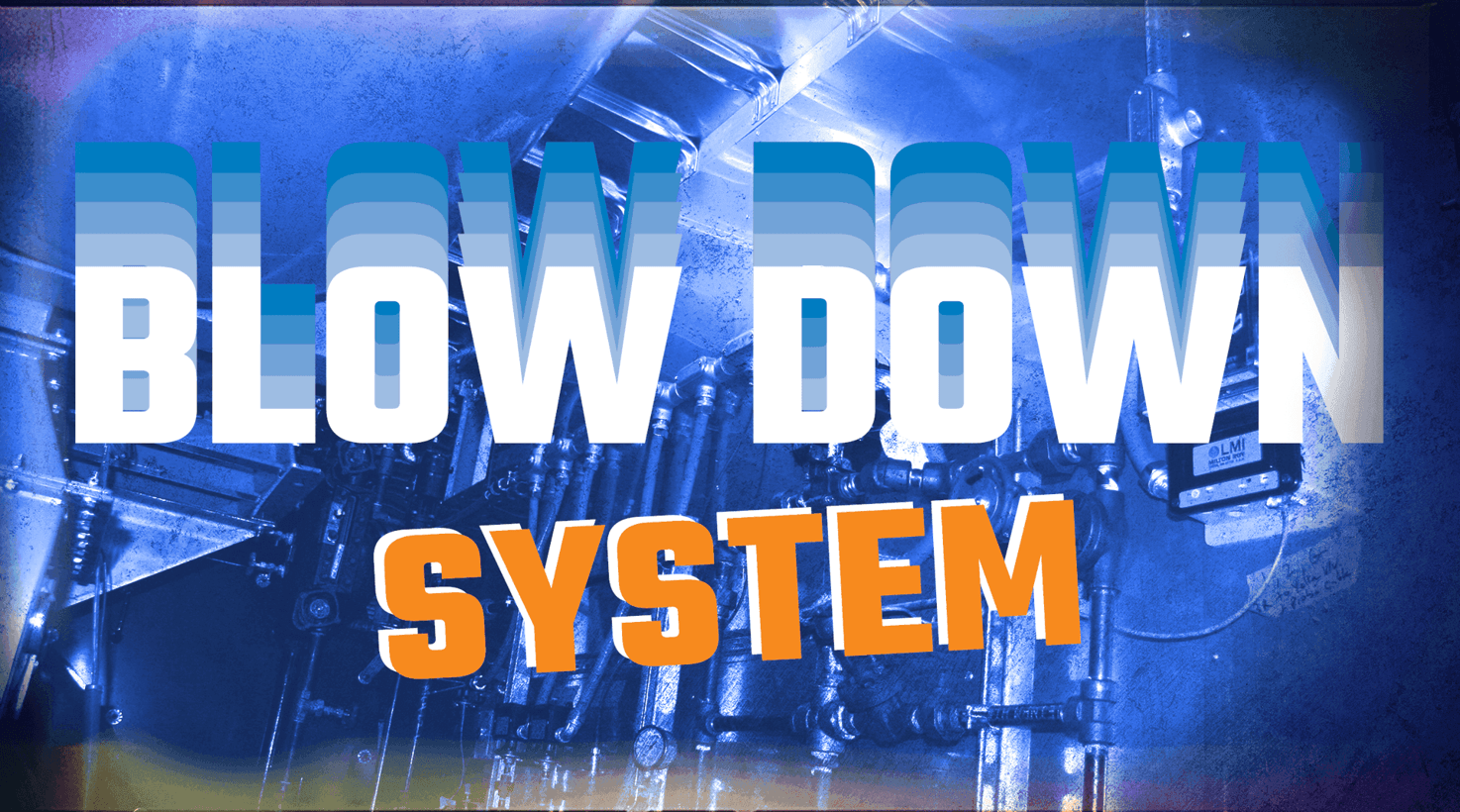We have heard it many times, “routine maintenance on your boiler is critically important.” If it is so important, why is it one of the biggest contributors to why boilers fail? It is not overly complex, however, it requires a commitment to examine and log important factors about your boiler. Something you can do daily to help maintain a healthy operation is performing boiler blowdown.
Boiler blowdown is water that is taken from the boiler at points where concentrations of impurities in the water are high. These impurities, if left unchecked, will significantly reduce the operation of your boiler and can lead to boiler failure.
Why boiler blowdown?
- Removal of accumulated solids that settle in the mud drum
- Removal of dissolved solids
That may sound overly simplified, however, addressing these factors are critical to the routine maintenance of your boiler on a daily basis. Not only will it help to ensure your boiler is running at optimized efficiency, it is a way to ensure certain safety checks are met.
Types of Boiler Blowdown
There are two main types of boiler blow down, surface blow down and bottom blowdown.
- Bottom Blowdown: As its name suggests, this function happens at the bottom of the boiler commonly known as the mud drum. In bottom blowdown, an operator is manually removing the particulate that has settled in the mud drum. It is critical that this is completed to remove the sludge before it builds up in the water that circulates past the heat transfer surfaces.
- Surface Blowdown: Happens near the surface at the location where the concentration of dissolved solids is highest. Surface blowdown, also known as continuous blowdown, removes the dissolved solids from the steam drum. These dissolved solids would rapidly lead to scaling if they were not removed from the system.
Blowdown Frequency
How often you should perform blowdown is largely contingent on the quality of your feed water.
- Bottom Blowdown: Should be completed at least once per day or once per shift.
- Surface Blowdown: Should be automated throughout operating hours depending on water quality
Blowdown Procedure
- Bottom Blowdown: ASME has a preferred order on how to perform bottom blowdown. This is a manual operation completed by a boiler technician. There are typically two valves associated with bottom blowdown – a slow opening valve and a quick opening valve.
- The quick opening valve is closest to the boiler and is opened first
- The slow opening valve is then opened for a period of time that should be determined by your water management consultant. It is important to monitor the gauge glass during this process to maintain a safe water level.
- Close the slow opening valve first
- Close the fast opening valve last and re-open the slow closing valve to allow the trapped water to drain out.
- Re-close the slow closing valve
- Surface Blowdown: As this is typically an automated process that happens at rates determined by your water management consultant, the procedure does not require a great deal of operator interaction. However, it is important to routinely check the safeties associated with the continuous blowdown equipment.
Boiler blowdown is a simple way to extend the life of your boiler. There are also ways to recover surface blowdown to save energy and money for your plant operation. To learn more about how you can benefit from boiler blowdown, call Ware to speak with our industry leading boiler experts (800) 228-8861.
